13 Oct 2010
Deserted
In a desperate attempt to survive, two deserters and a green beret try to reunite with their forces after the enemy unleashes its secret weapon.
The roads are full of snow and the bus is late. The Principal is mad at the bus driver but he is also sick.
Bus Driver

Local Farmer
School Principal
13 Oct 2010
In a desperate attempt to survive, two deserters and a green beret try to reunite with their forces after the enemy unleashes its secret weapon.

07 May 2014

Mario has prepared something for Cristina, but she doesn't seem very interested in knowing what it is.
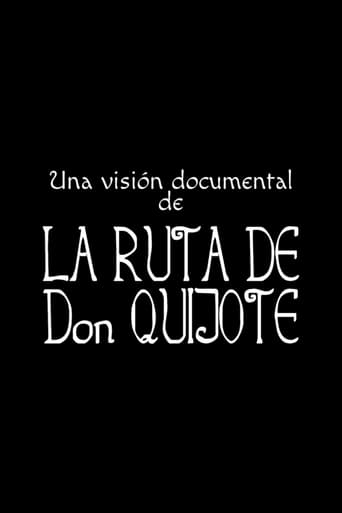
01 Jan 1934

A poetic journey through the paths and places of old Castile that were traveled and visited by the melancholic knight Don Quixote of La Mancha and his judicious squire Sancho Panza, the immortal characters of Miguel de Cervantes, which offers a candid depiction of rural life in Spain in the early 1930s and illustrates the first sentence of the first article of the Spanish Constitution of 1931, which proclaims that Spain is a democratic republic of workers of all kind.
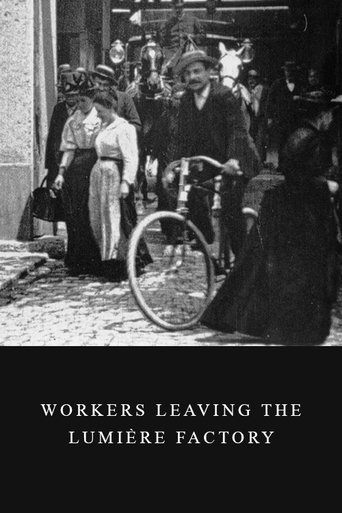
22 Mar 1895

Working men and women leave through the main gate of the Lumière factory in Lyon, France. Filmed on 22 March 1895, it is often referred to as the first real motion picture ever made, although Louis Le Prince's 1888 Roundhay Garden Scene pre-dated it by seven years. Three separate versions of this film exist, which differ from one another in numerous ways. The first version features a carriage drawn by one horse, while in the second version the carriage is drawn by two horses, and there is no carriage at all in the third version. The clothing style is also different between the three versions, demonstrating the different seasons in which each was filmed. This film was made in the 35 mm format with an aspect ratio of 1.33:1, and at a speed of 16 frames per second. At that rate, the 17 meters of film length provided a duration of 46 seconds, holding a total of 800 frames.

30 Jun 2016

Alessandro Lamberti, a successful entrepreneur is betrayed by his wife who is having a relationship with his business partner. This partner manages to get Alessandro fired from his own firm. From this event will follow a series of psychological actions that will have for consequence to alienate the the image of the father figure in the younger son’s eyes...
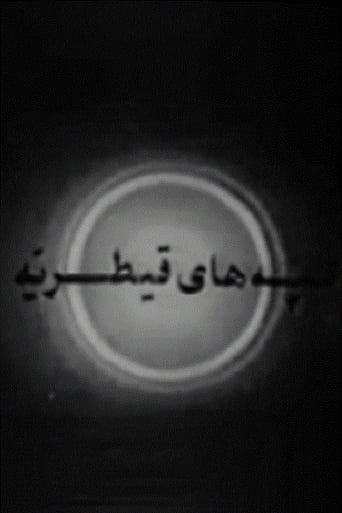
29 Apr 1969

A strange and mischievous documentary on an archeological site in the Qaytarieh hills in Tehran. This short narrates the story of the dead people who wished never to be found.

01 Oct 1984

Hopeful job candidate Buck Boom is dynamic, forceful, confident and creative. But can he convince Mr. Mudgin, the personnel manager, to hire him? You see, Boom is an animated character in a live-action world and Mudgin is not used to dealing with someone who is different.
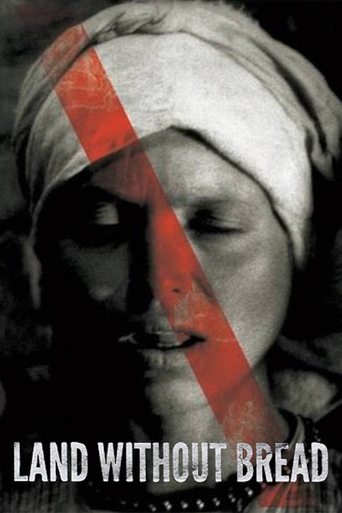
01 Dec 1933

An exploration —manipulated and staged— of life in Las Hurdes, in the province of Cáceres, in Extremadura, Spain, as it was in 1932. Insalubrity, misery and lack of opportunities provoke the emigration of young people and the solitude of those who remain in the desolation of one of the poorest and least developed Spanish regions at that time.
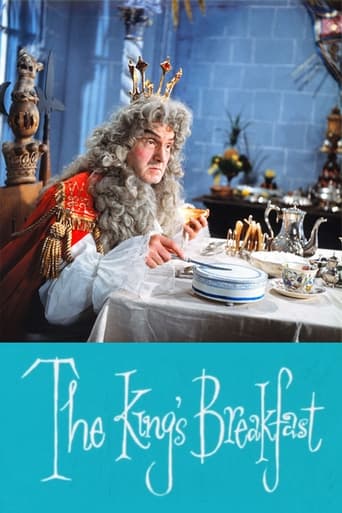
01 Jan 1963

A king misses the butter on his slice of bread.
01 May 2011
No overview found
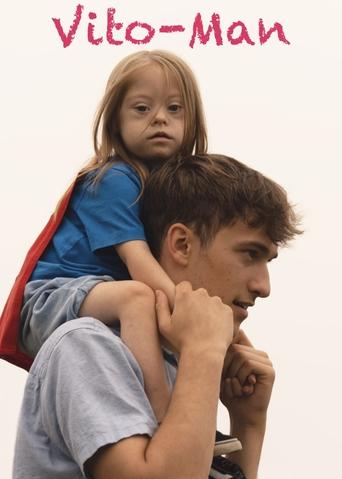
11 Dec 2024

Vito is a sweet little boy with Down syndrome, and this short documentary puts his energetic, jolly personality on full display as he interacts with his loving family. By showing Vito’s dignity and inherent value, Vito-Man tackles the difficult conversation that is the eradication of people with Down syndrome, proving that an extra chromosome should not be a death sentence.
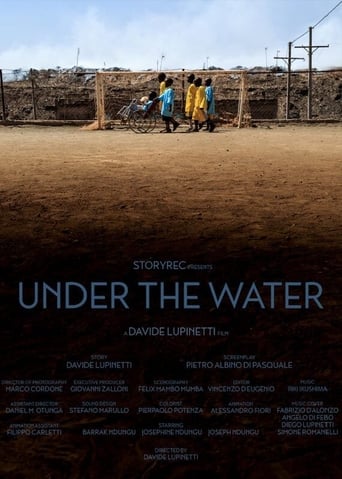

A daily life in Korogocho, Kenya, one of the world’s poorest slums.
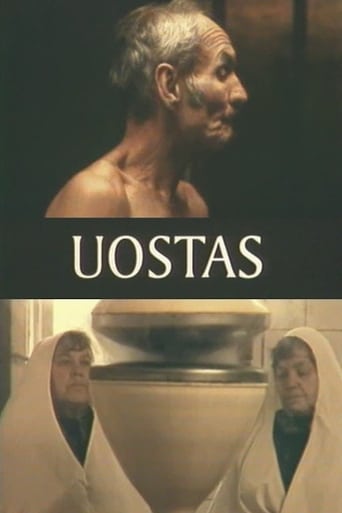
01 Jan 1998

While shooting “Flying over blue field” we lived in Birtonas sanatorium hotel. I was watching treatment procedures. People were plunging into bubble, mud and mineral water baths. They were going circles singing, were standing under cold water spouts. All this seemed like a sacred ritual, that frees from scurf of life. They were naked, like just born, without any signs of standing in society. Movie – silent impression about tired people "harbour".
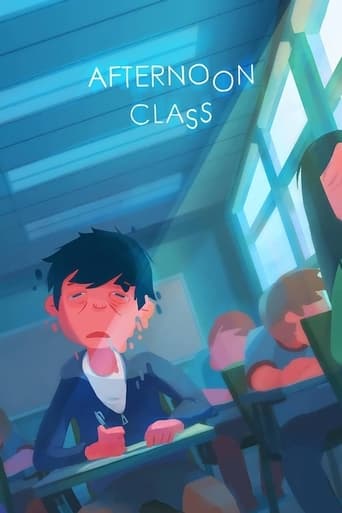
18 Sep 2015

Drowsiness washes over me during the afternoon class. My head gets heavier as I try to stay awake in an afternoon class.
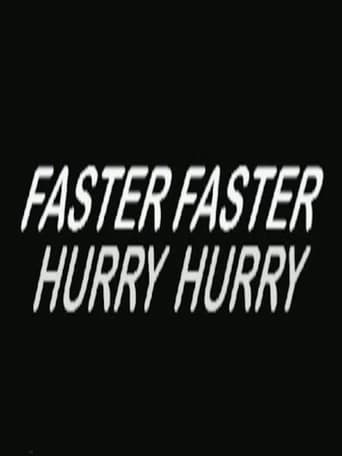
15 Jul 1965

Before the Blerta bus and Goodbye Pork Pie's yellow mini hit the road, some friends with more energy than cash dressed up as mad doctors and criminals, and began making films. This freeform short about running late is an early product of varied schemers who were key in the Kiwi film renaissance. Geoff Murphy plays the man in a hurry, and Bruno Lawrence is Dr Brunowski. Warning: final credits not to be trusted.
27 Jan 2008
A girl gets on a tram and bursts out in song. Soon, other passengers join and one by one reveal their innermost secrets. A musical about the boundary between the private and the collective.
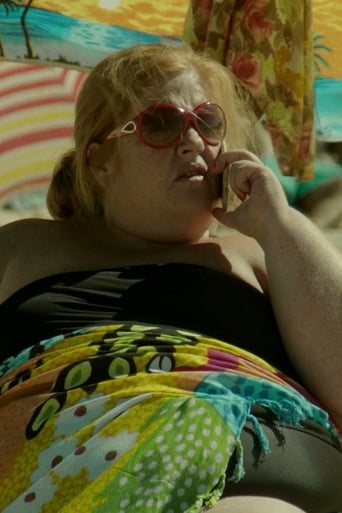
25 Aug 2019

A dark comedy about a family of five brothers, a single and unemployed mother, and a grandmother. They live tight in a small apartment in Benfica. Everything gets complicated on the day when the emblematic Sardoal FC mascot escapes and the club is at risk of losing the championship..
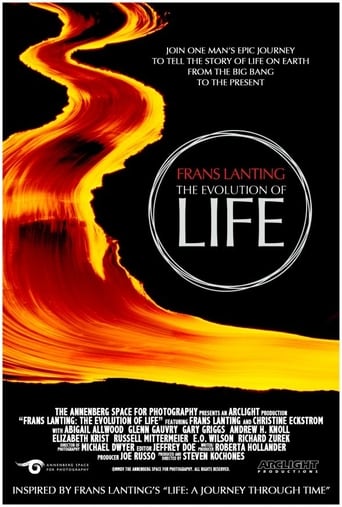
24 Oct 2015

A dazzling journey through time via the remarkable images of National Geographic photographer Frans Lanting and his epic "LIFE" project, which presents a stunning interpretation of life on Earth, from the Big Bang through the present.
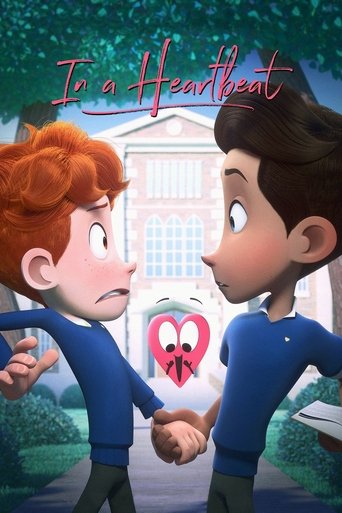
01 Jun 2017

A closeted boy runs the risk of being outed by his own heart after it pops out of his chest to chase down the boy of his dreams.
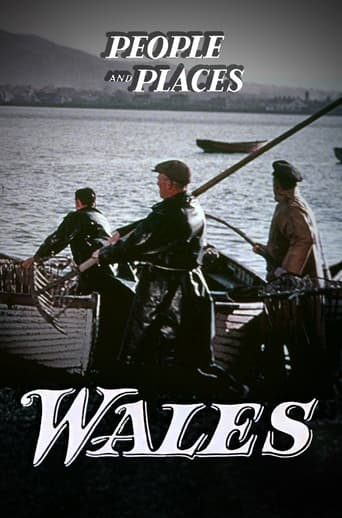
10 Jun 1958

Wales prides herself in her wealth of natural resources, foundries, mills, and factories. Beyond this modern facade lies another treasure—a rich historical background and ancient lore. The great granite fortresses still remain as reminders that from the struggle and strife was born a pure and distinctive national culture.